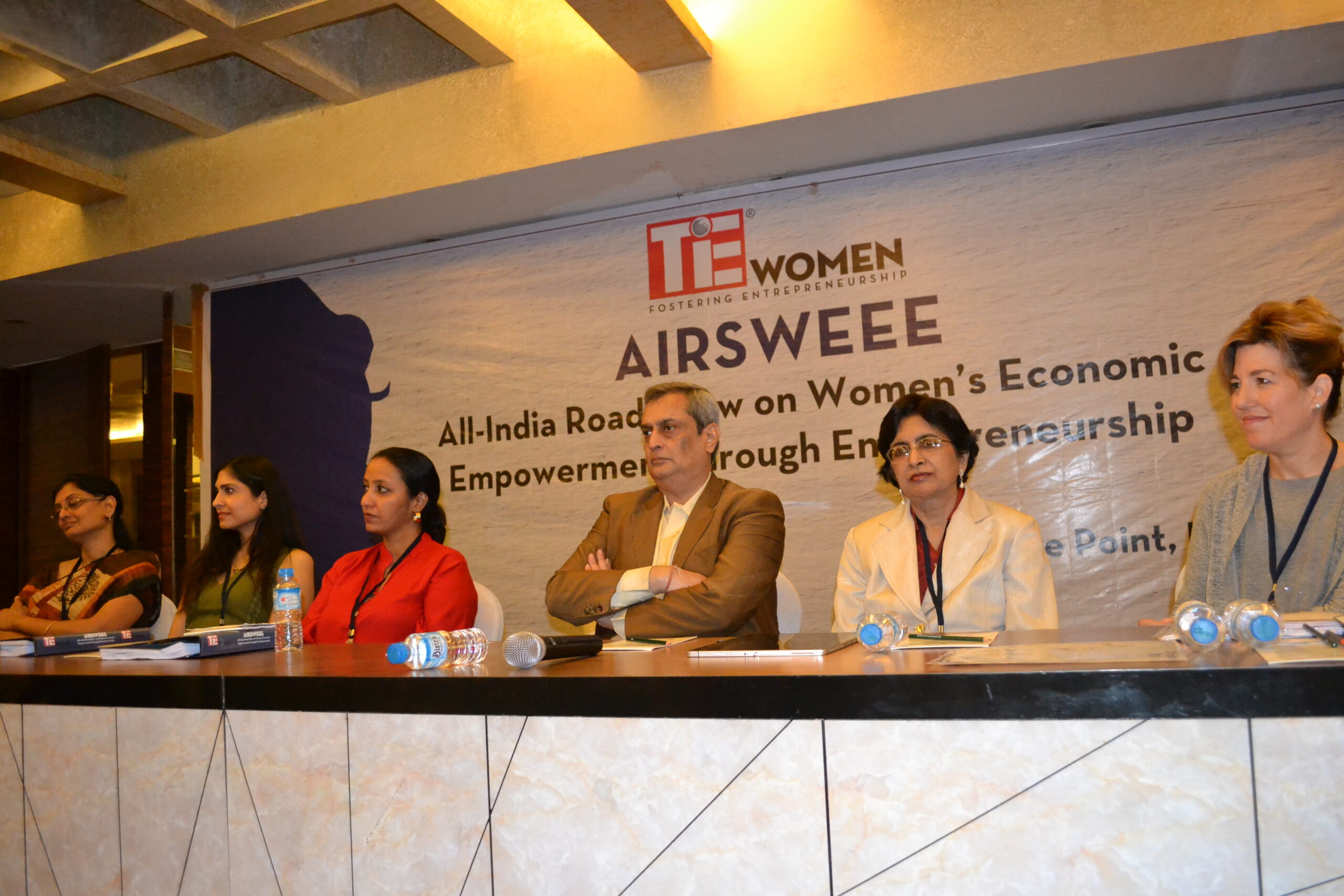Battle with the Bottle – 10 Nov 2009
One of the major mental health concerns is substance abuse which includes all types of addictive drugs besides alcohol. It is a serious psychological issue for its ramifications spread far and wide. It does not remain restricted to the individual and his family but impacts the workplace and the work productivity as well. Since everyone goes to work all workplaces would have a few or quite a few alcoholics hidden or known to other employees. The worker next to you could be drunk or hung-over. One figure says that 70 percent of drug abusers go to work. They are everywhere and can vitiate the atmosphere in many ways by initiating others into the habit of drinking or disturbing the work atmosphere by their low quality of work performance. They burden the other colleagues by their poor contribution. In short they are a pain to all.
Some studies focus on the effects and the loss caused on the job by alcoholism. The Indian Alcohol Policy Alliance, an NGO, says that twenty percent of absenteeism and forty percent of accidents at work place are related to alcohol. The annual loss due to alcohol was estimated to be Rs.70,000 to 80,000 million. Alcohol-related job performance problems are caused not only by on-the-job drinking but also by heavy drinking outside of work. A study by Ames and colleagues found a positive relationship between the frequency of being ‘hung-over’ at work and the frequency of feeling sick at work, sleeping on the job, and having problems with job tasks or co-workers. The hangover effect was demonstrated among pilots whose performance was tested in flight simulators. In a study by Yesavage and Leirer they found evidence of impairment 14 hours after pilots reached blood alcohol concentrations (BACs) of between 0.10 percent and 0.12 percent. Morrow and colleagues found that pilots were still significantly impaired 8 hours after reaching a BAC of 0.10 percent. Drinking at work, problem drinking, and frequency of getting ‘drunk’ in the past 30 days were positively associated with frequency of absenteeism, arriving late to work or leaving early, doing poor work, doing less work, and arguing with co-workers.
Many good companies abroad deal with alcoholism on the job under their ‘employee assistance programs’. The addicted employees are indentified and counselled through a number of strategies to manage the disease. One way is to teach them coping skills of a various kinds to deal with life’s complexities and stress. Another is to involve the family and focus on the family as a whole. For chronic and heavy drinkers the best choice is a de-addiction cum rehabilitation programme at such a centre for a month followed by strict schedules of psychological follow up. The results would be obviously good. However they could be short-lived as what needs to be guarded against is the relapse which is quite common and frustrating with alcoholics.
For then the whole exercise of treatment would need to be repeated.
According to Vicary et all ‘Health promotion programs offered in the workplace may reduce employees’ alcohol-related problems’. An employee health promotion program by Shain and his colleagues delivered in three two-hour sessions at one manufacturing plant was designed to increase participants’ awareness of the health risks related to stress and drinking. More than one-half of the 294 workers attended the sessions. Researchers based their results on data from 120 employees who completed pre-study and post-study evaluations. After six months, 76 percent of the heaviest drinkers reportedly reduced their alcohol consumption. Moderate drinkers also reduced their consumption, and participants reported changes in their attitudes toward drinking and drinking and driving, knowledge about problem drinking, and recognition of signs of a drinking problem. Another study says that in a public enterprise the number of workplace accidents reduced to lesser then one fourth of the previous levels after alcoholism treatment. The gains are tremendous for us to see.
One look at the statistics would send off the alarm bells. According to a fact sheet by the Indian Alcohol Policy Alliance alcohol consumption has been steadily increasing in developing countries like India and decreasing in developed countries since the 1980s. There are an estimated 62.5 million alcohol users or abusers in India. The per capita consumption of alcohol has increased by 106.7% over the 15-year period from 1970 to 1996. Due to its large population India has been identified as the potentially third largest market for alcoholic beverages in the world which has naturally attracted the attention of multi-national liquor companies. The sale of alcohol has been growing steadily at 6% and is estimated to grow at the rate of 8% per year.
We certainly need to join hands to stop this menace. It cannot be left to the individual worker and his family. And the workplace could be a good place to be alert to the problem and to take active measures against it. This is one place where effective preventive action can be taken.
Published in Hitavada Future on November 10 2009









